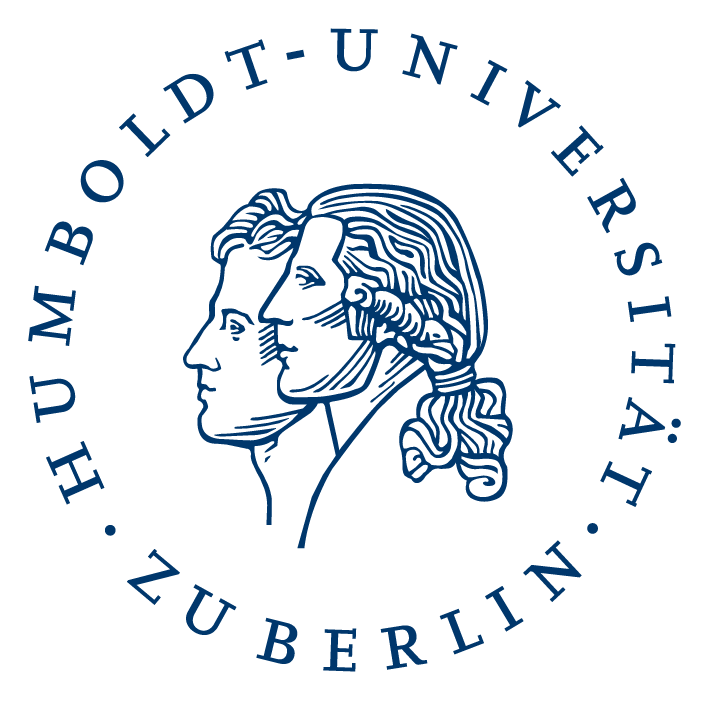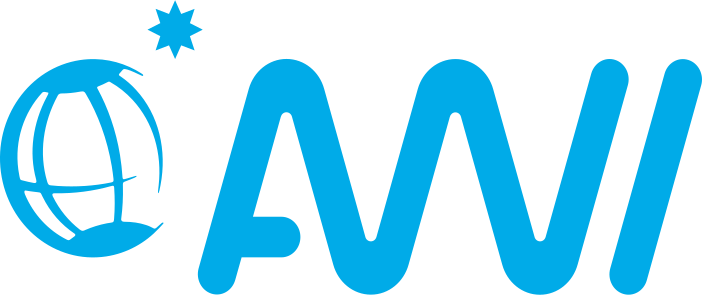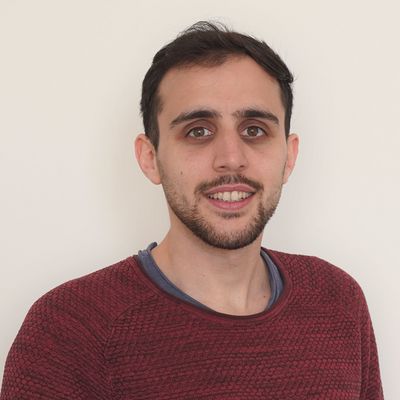
Nabil Jabareen
Charité
Contacts

Supervisors:
Sören Lukassen (Charité Universitätsmedizin)
Roland Eils (Charité Universitätsmedizin)
Glioblastoma is the deadliest type of brain cancer. The goal of this project is to help clinicians treat Glioblastoma patients in a way that not only maximizes their survival time, but also improves their quality of life.
To treat Glioblastoma patients, a tri-modal therapy including surgery, Radiation Therapy (RT) and chemotherapy is prescribed. The effectiveness of the surgery and RT is heavily dependent on the analysis and quality of the obtained medical images. By improving Computer-Assisted Interventions (CAI) for image guided RT in brain tumor patients, we aim to improve the effectiveness of RT in Glioblastoma.
To enable CAI using Deep Learning (DL) methods, a large amount of labelled data is necessary. These labels can only be generated by medical experts and are not only time consuming and expensive to generate, but they can also be subjective or even erroneous. Using Self-Supervised Learning (SSL) methods, we use the intrinsic information of medical images as artificial labels to train large DL methods. This enables us to train on a large amount of data and mitigate and explore potential biases of the model. Based on the pre-trained SSL models, we will automate the time consuming and error prone tasks of Target Volume (TV) and the Organ At Risk (OAR) segmentation. Additionally, we will build an interpretable DL model to predict the settings of the RT and the absorbed radiation dose. This model will enable clinicians to experiment with a wide range of RT settings to better personalize the treatment for a given patient.
Peer-reviewed Publications (journal or conference)
- F.W. Ten, D. Yuan, N. Jabareen, Y.J. Phua, R. Eils, S. Lukassen, and C. Conrad (2023). resVAE ensemble: Unsupervised identification of gene sets in multi-modal single-cell sequencing data using deep ensembles. Frontiers in Cell and Developmental Biology, 11, 104.
https://doi.org/10.3389/fcell.2023.1091047 - N. Jabareen and S. Lukassen (2022). Segmenting Brain Tumors in Multi-modal MRI Scans Using a 3D SegNet Architecture. In: Crimi, A., Bakas, S. (eds) Brainlesion: Glioma, Multiple Sclerosis, Stroke and Traumatic Brain Injuries. BrainLes 2021. Lecture Notes in Computer Science, vol 12962. Springer, Cham. https://doi.org/10.1007/978-3-031-08999-2_32
Other (presentations at conferences or preprints)
-
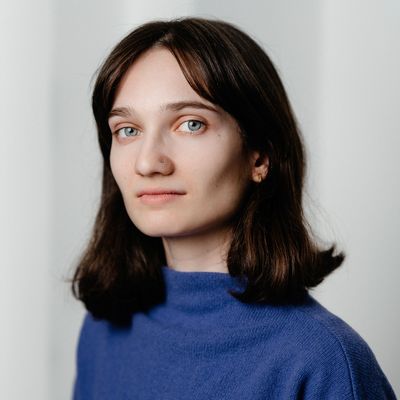
Ana Lomashvili
DLR - TU Berlin
Contact

Supervisors:
Understanding the formation and evolution of Mars’ surface could answer such fundamental questions as the habitability of the planet. This motivated multiple ongoing robotics missions including NASA’s rovers "Curiosity" and "Perseverance". These machines are equipped with various measuring tools, providing crucial information to geologists. One of the prominent to this thesis is the ChemCam instrument suite attached to the Curiosity rover to analyze chemical composition of rocks and soils in Gale crater.The instrument consists of two components: the first planetary science Laser-Induced Breakdown Spectrometer (LIBS) and a Remote Micro-Imager (RMI), capturing detailed images of the area illuminated by the laser beam. The instrument pictured already more than 4000 targets and collected LIBS spectra from multiple points of each target (5-25 points per target). The database, consisting of thousands of unlabeled targets, needs to be classified in specific groups with the potential of acquiring information about the geology and environmental conditions on Mars. In this work, the existing rock classification methods will be improved by combining two types of data: LIBS spectra and RMI images.
Full-length publication
-
Conference presentations
- A. Lomashvili, K. Rammelkamp, O. Gasnault, P. Bhattacharjee, E. Clave, C. H. Egerland, S. Schroder, B. Demir, N. L. Lanza. Optimized Martian Dust Displacement Detection Using Explainable Machine Learning. (Poster presentation), IEEE/CVF Conference on Computer Vision and Pattern Recognition Workshops (CVPRW). Seattle WA, USA, 17-21 June, 2024.

Mark Melzer
Charité
Contact

Supervisors:
Lisa Buchauer, Charité Universitätsmedizin
Since the 1970s, flow cytometry has been used in immunology to understand the reaction of the host immune system to diseases. By letting fluorescently marked antibodies bind to their cognate surface molecules and subsequently measuring the antibodies’ abundance via a laser, type and activation state of a cell can be determined. Comparing cell type distributions and activation patterns between different conditions allows to infer knowledge about the immune response to certain stimuli, like viral infections or vaccines. With this setup, flow cytometry has enriched our understanding of the immune system and shaped the development of therapeutic methods.
Over the last decade, the development of spectral flow cytometry has revolutionized the field. The limit for the number of observable markers has increased from around 15 up to 50. In consequence, new challenges arise in the analysis of the data. The classical approach, which relies on human inspection of combinations of two markers at a time and drawing straight lines to separate marker-positive and marker-negative cell populations from each other, quickly becomes too time-consuming and complex for higher dimensional flow cytometry data and, in addition, results are highly dependent on personal choices.
Here, we want to develop a workflow for the construction of flow cytometry atlases comprised of several content-related datasets from different technical sources. To this end, we will first conduct a thorough benchmarking of existing methods; next, by either using the top-performing method or developing our own, construct a proof-of-concept atlas in the area of immune responses to different respiratory diseases; and last, further develop our work into an accessible software solution for research and diagnostic
settings.
Tancredi Massimo Pentimalli
MDC - Charité
Contact
Supervisors:
Angelika Eggert (Charité Universitatsmedizin)
Frederick Klauschen (Charité Universitatsmedizin)
Solid tumors are complex ecosystems, where genetically aberrant malignant cells multiply uncontrolled, stimulate the growth of new blood vessels and remodel the local microenvironment to favour tumor growth, evasion from the immune system and resistance to therapies. Therapeutic targeting of immune inhibitory interactions with the so-called immune checkpoint inhibitors revolutionized the treatment of advanced solid tumors including non-small cell lung cancer and resulted in the award of the 2018 Nobel Prize in Physiology or Medicine to Tasuku Honjo and James Allison. Nevertheless, today only a small fraction of lung cancer patient respond to checkpoint inhibitors. Recent advances in single-cell resolved spatial transcriptomics allow investigating the gene expression and tissue location of thousand of cells in a single experiment, thus providing the unprecedented opportunity to study cell-cell communication between neighboring cells.
In this study, single-cell resolved spatial transcriptomic approaches will be leveraged to dissect the complex interplay between malignant, stromal and immune cells in the tumor microenvironment in non-small cell lung cancer, triple negative breast cancer and childhood neuroblastoma in order to identify recurring interactions that could be targeted therapeutically.
Full-length publications
- A. Rybak-Wolf, E. Wyler, T.M. Pentimalli, ..., and N. Rajewsky (2023). Modelling viral encephalitis caused by herpes simplex virus 1 infection in cerebral organoids. Nat Microbiol. https://doi.org/10.1038/s41564-023-01405-y
- T.M. Pentimalli, S. Schallenberg, D. León-Periñán, ..., F. Klauschen, and N. Rajewsky (2023). High-resolution molecular atlas of a lung tumor in 3D. bioRxiv. https://doi.org/10.1101/2023.05.10.539644
- M. Schott, D. León-Periñán,.., T.M. Pentimalli, …, N. Karaiskos, and N. Rajewsky (2024). Open-ST: High-resolution spatial transcriptomics in 3D. Cell. https://doi.org/10.1016/j.cell.2024.05.055
Conference presentations
- T.M. Pentimalli, S. Schallenberg, D. León-Periñán, ..., N. Karaiskos, F. Klauschen, and N. Rajewsky. High-resolution molecular atlas of a lung tumor in 3D. (Oral presentation), EMBO Workshop “Cancer cell signalling”, Dubrovnik, Croatia, 16-20 September, 2022.
- T.M. Pentimalli, S. Schallenberg, D. León-Periñán, ..., N. Karaiskos, F. Klauschen, and N. Rajewsky. High-resolution molecular atlas of a lung tumor in 3D. (Oral presentation), Tissue Damage and Healing in Cancer, Berlin, Germany, 23-24 September, 2022.
- T.M. Pentimalli, S. Schallenberg, D. León-Periñán, ..., N. Karaiskos, F. Klauschen, and N. Rajewsky. High-resolution molecular atlas of a lung tumor in 3D. (Poster presentation), AGBT General Meeting 2023, Miami, USA, 6-9 February, 2023.
- T.M. Pentimalli, S. Schallenberg, D. León-Periñán, ..., N. Karaiskos, F. Klauschen, and N. Rajewsky. High-resolution molecular atlas of a lung tumor in 3D. (Oral presentation), 34th Pezcoller symposium “New technologies for studying and treating cancer”, Trento, Italy, 19-20 June, 2023.
- T.M. Pentimalli. 3D molecular reconstruction of a human tumor at single-cell resolution reveals invasion dynamics and predicts mechanism-based, personalized therapeutic targets. (Oral presentation), ISREC-SCCL Symposium 2023: Precision Oncology, Lausanne/Ecublens, 21-24 August, 2023.
- T.M. Pentimalli, S. Schallenberg, D. León-Periñán, ..., N. Karaiskos, F. Klauschen, and N. Rajewsky. High-resolution molecular atlas of a lung tumor in 3D. (Oral presentation), 2nd VIB Conference on 'Tumor Heterogeneity, Plasticity, and Therapy', Leuven, Belgium, 3-5 October, 2023.
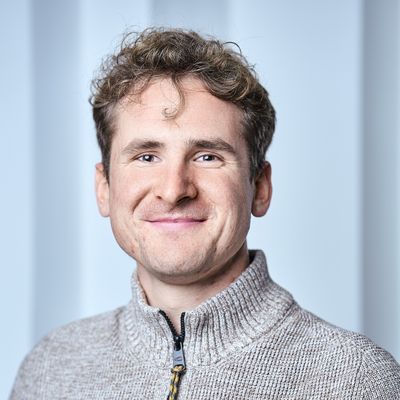
Jacob Relle
HZB-ZIB/FU
Contact

Supervisors:
This project focuses on the simulation of nanostructured optoelectronic components such as solar cells and LEDs. To better understand the various physical processes within these components, it is essential to gain a basic understanding of the behavior of the emitting dipoles. The simulations will help test the impact of such emitters near the nanostructures.
A second goal is to apply this theoretical knowledge about the emitters to construct and simulate different configurations of perovskite-silicon tandem solar cells with varying nanostructures between the layers to increase efficiency. A major point is to understand the process of photon recycling, where an absorbed photon is re-emitted due to recombination within the components and is further reabsorbed at a different point. Understanding this process helps in designing layers that direct the re-emitted photon in a desired direction, thereby increasing efficiency. The simulation utilizes the finite-element method and is carried out using the software tool JCMSuite, developed at ZIB.
Full-length publication
-
Conference presentations
-
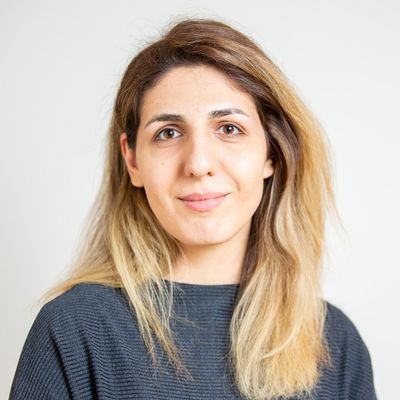
Sepideh Saran
MDC - TU Berlin
Contact

Supervisors:
Advances in experimental methods in Biology and reduced costs of performing high-throughput experiments have provided a vast pool of datasets of various types of measurements. These datasets provide insight into different dimensions of the biological system, including the genome, epigenome, transcriptome, etc. Machine Learning methods can exploit these datasets to study the underlying biological processes, disentangle their causal relationships, and shape new research questions in Biology.
Neural Networks have become the state-of-the-art methods for identifying functional elements in the genome. However, for the ultimate use of these models in many critical downstream tasks, it is essential to be able to explain their decisions and provide a measure for the confidence in the model’s outputs. Experimental noise, incorrect dataset labels, out-of-distribution samples, class imbalance, and the presence of multiple motifs (i.e., multi-label setting) are the major reasons for uncertainty in computational models in Biology. Thus, providing uncertainty measurements, together with model interpretation, enhances the credibility of the proposed machine learning solution and helps clinicians in the subsequent decision-making process.
This project investigates the predictive uncertainty and interpretability of Machine Learning methods in various genomic applications. We focus on tailoring our solution to cope with the limitations of biological datasets, interpretability of the results, as well as model performance and reusability.
Full-length publications
- P. Rautenstrauch, A.H.C. Vlot, S. Saran, and U. Ohler (2022). Intricacies of single-cell multi-omics data integration. Trends in Genetics. https://doi.org/10.1016/j.tig.2021.08.012
- S. Saran, S. Lebedeva, A. Hirsekorn, and Uwe Ohler (2024). Cell-type specific prediction of RNA stability from RNA-protein interactions. bioRxiv. https://doi.org/10.1101/2024.11.19.624283
Conference presentations
- S. Saran, M. Ghanbari, and U. Ohler. An empirical analysis of uncertainty estimation in genomics applications. (Workshop paper), Bayesian Deep Learning Workshop, NeurIPS 2021, Online, 14 December 2021.
- S. Saran, M. Ghanbari, and U. Ohler. Similarity neural networks for RBP binding site detection (Workshop poster), Learning Meaningful Representations of Life workshop, NeurIPS 2021, Online, 14 December 2021.
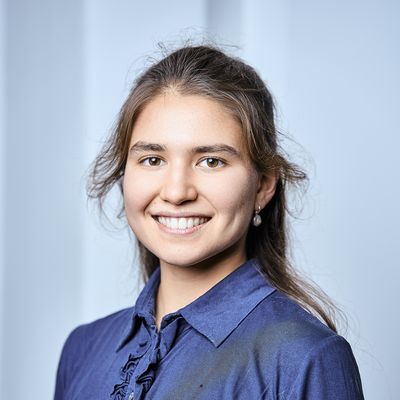
Dana Wehner
FU Berlin
Contacts

Supervisors:
Kevin Pagel, FU Berlin
Carbohydrates are ubiquitously present and take significant biological roles in living organisms. One of the keys to access homogeneous oligosaccharides is the glycosylation reaction. However, controlling the stereoselective glycosylation reaction represents a significant bottleneck in carbohydrate chemistry. In fact, even though the first successful glycosylation reaction was reported by Emil Fischer in the late 19th century and glycoscience has developed consistently since then, stereoselectivity in glycosylation reactions still cannot be controlled. Thus, it is of high importance to understand the ambiguous mechanism during glycosidic bond formation. Glycosylation – also called glycation when no enzyme is involved – describes coupling of an acid‑activated electrophilic donor to a nucleophilic acceptor, forming a glycosidic linkage (C‑O bond) and a stereogenic center at anomeric position, resulting in α- and β‑glycosides.
The first part of the dissertation project aims to improve prediction of the α/β-ratio in glycosylation reactions. Crucial to this aim is the classification of impact of suitable descriptors on the ratio. Therefore, we plan to investigate how certain descriptors impact each other and eventually the ratio of anomers. The important novelty in this approach is the definition of the descriptors based on the intermediate structure and not on the educt.
Understanding the intricacies of reactions like glycosylation, which are influenced by numerous parameters, demands for techniques for large and complex data sets. Machine Learning techniques already have proven their value for handling such data in glycoscience and we intend to employ the power of algorithms, like random forests or neural networks, to our analysis problems.
The second and later stage part of the dissertation will focus on feature identification in data from mucinous secretion fluids. Mucins, the mucus’ main component, are glycoproteins and their highly heterogenous glycosylation profile can alter drastically upon cancer or diseases like cystic fibrosis. Thus, it bears a strong potential for diagnostic use.
With the help of state-of-the-art machine learning and data science methods, this dissertation aims to gain new insights into the mechanism of the glycosylation reactions, which has not yet been fully elucidated, and to make progress in the diagnostic analysis of glycosylation profiles of mucins.
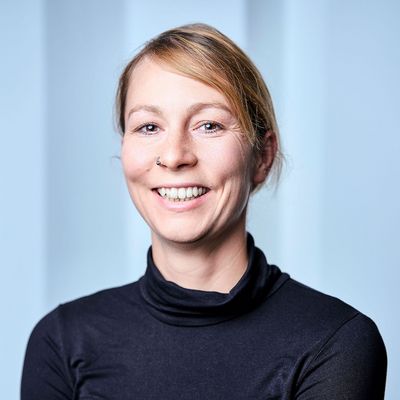
Claudia Winklmayr
MDC
Contacts

Supervisor:
As a result of the continuous methodological advancement of imaging techniques in the biomedical sciences, practitioners are faced with ever increasing volume of imaging material. The growing demand for high quality image analysis provides ample opportunity for the employment of methods from artificial intelligence (AI), and in particular from computer vision. While these approaches have proven highly successful for a wide range of different tasks, they can sometimes lack robustness or produce overconfident but erroneous results, which has prevented their wide spread application to safety critical domains such as healthcare.
The present PhD project aims at improving upon the robustness and reliability of computer vision methods in the biomedical domain. The main focus lies in the development of concepts and methods for the modeling of uncertainty as well as leveraging approaches from explainable artificial intelligence (XAI) for the use case of instance segmentation. Instance segmentation, a subfield of computer vision, focuses on identifying and delineating individual objects or instances within an image. Despite significant progress over the past years, current methods still require a substantial amount of manual proofreading, which is highly labor intensive, especially in the context of large datasets or 3d imaging data. The results of this project would thus have a direct impact by helping to guide human proofreaders to areas where a predicted segmentation result is uncertain (has high probability of error), suggest potential alternatives and finally provide explanations regarding how a specific segmentation result came about.


